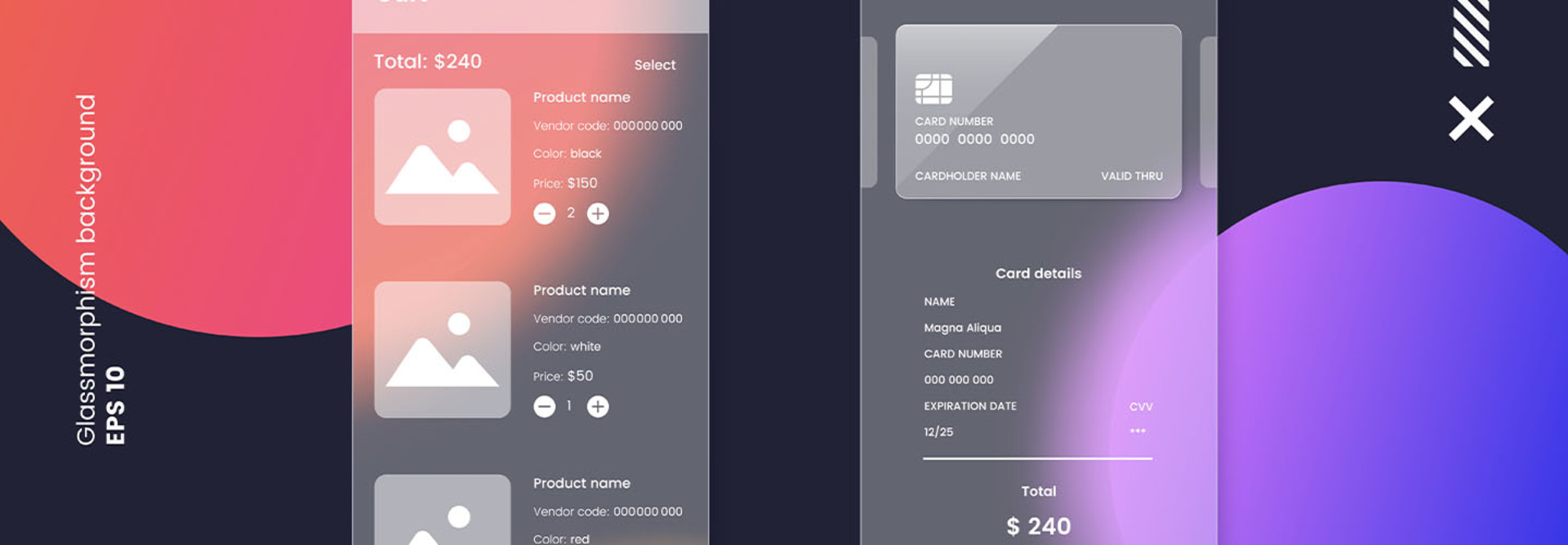App modernization can bring a nonprofit closer to fulfilling its mission. Enhanced digital capabilities, improved efficiency and agility, user experience: The many benefits of app modernization make it a wise choice for nonprofits, even those with limited resources.
In fact, a study commissioned by Hitachi Vantara demonstrated an ROI of 114 percent for modernization efforts. However, even with the help of Hitachi Vantara, the organizations studied faced security challenges in modernizing — particularly when it came to compliance, legacy technology, budget constraints, and compatibility issues.
As nonprofits move toward app modernization, leaders should ask these five questions to set themselves up for success.
DISCOVER: Learn how app modernization lets organizations innovate more effectively.
Which Areas Benefit Most From App Modernization Yielding More ROI?
Identifying gaps between legacy technology and today’s best solutions is a start, but not all nonprofits have the same needs. To use resources wisely, nonprofits must prioritize which applications are most in need of an update. Often, reviewing operational priorities can reveal the areas most in need of modernization.
For example, if a nonprofit finds that its donor base is loyal but is not increasing its level of support, a donor relationship management tool could be a great place to focus app modernization efforts. If donors are coming and going, investing in recurring giving platforms might be wiser. If the operational priority is developing more robust internal systems, project management software might be right move.
In short, IT decision-makers should identify areas where the business objective is not yet fully achieved (whether it’s on the side of fundraising or internal workflow) and develop modernized apps that can solve those problems.
Click the banner to view our list of 30 nonprofit IT influencers for this year.


How Will App Modernization Impact Stakeholders and Beneficiaries?
When evaluating any piece of modernization, IT leaders should ask themselves a few questions: Who is this for? Who will benefit most? This includes beneficiaries, donors, staff members, volunteers and board members.
If you’re an organization that relies heavily on volunteer labor for in-person activities, a volunteer management tool to help streamline volunteer communication, recruitment and collaboration might make sense. But an organization that has heard from frustrated donors about the difficulty of donating may opt for a seamless payment option instead.
LEARN MORE: Find out how these solutions and services can help your nonprofit.
Do We Have the Expertise And Resources For App Modernization?
Successful app modernization requires a combination of technical expertise, financial investment and time. Skimp on any of these, and your app modernization might be half-baked, resulting in low adoption, wasted resources and a hesitancy by stakeholders to make future upgrades.
So, ask yourself these questions: Which apps do we have the capability to modernize now? Do we need to find external support, such as a managed service? Can we assure our IT personnel that we will give them the resources they need to complete the project? Is our timeline realistic?
When you’re trying to modernize applications, you want to look at every key aspect, and that includes things like which dependencies they use from a security perspective.”
Greg Peters
Chief Architect for Strategic Application Modernization Assessment, CDW
How Is Data Privacy and Security Addressed During Modernization?
“When you’re trying to modernize applications, you want to look at every key aspect, and that includes things like which dependencies they use from a security perspective,” Greg Peters, chief architect for strategic application modernization assessment with CDW, tells BizTech.
Modernization will lead to better data protection and security, but the act of data migration can expose nonprofits to risk. To combat this, nonprofit IT leaders should consult a trusted tech partner to ensure that access controls, code quality and compliance needs are part of the plan.
What Is the Process for Training Staff With New Apps?
Upskilling employees to become fluent in modernized applications benefits all parties, but growing pains can lead to frustration and operational delays.
“A lot of the biggest challenges for nonprofits to move to the cloud aren’t technical; they’re about people and culture,” Allyson Fryhoff, Managing Director Nonprofit and Nonprofit Healthcare Amazon Web Services, tells BizTech.
Offering training workshops can help staff increase their technical fluency. According to a survey by the Nonprofit Technology Network, 65 percent of nonprofits are investing in digital skills training for their staff as part of their digital transformation strategy. IT leaders can also curate the training to fit their company culture. For instance, self-paced training might be the solution for a digitally savvy nonprofit, whereas an in-person workshop might be better suited for a company with long-entrenched legacy tools.
Digital transformation is incremental. By asking the right questions up front, nonprofit leaders can help ensure their app modernization efforts lead to the results they want: a mission fulfilled.
Aleksandr Durnov/Getty Images












